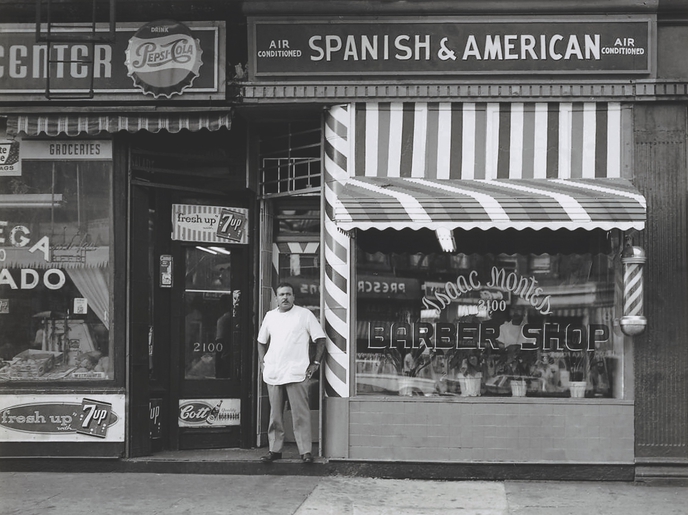VIRTUAL EXHIBITION: Refuge in the Heights
The German Jews of Washington Heights









Washington Heights is a neighborhood of voices and stories—those of immigration, refuge, inclusion, exclusion, Americanization, differentiation, conflict, harmony, and reinvention. The story of the neighborhood itself is a remarkable chapter in New York’s history—one in which millions in NYC began their lives anew, delighting in their proximity to scenic parks, dramatic vistas, and easy access to the heart of the metropolis.
Located near the upper tip of Manhattan—with Inwood to its north, and Harlem to its south—the Heights is perhaps best known for its ethnic enclaves, including those of Irish, Jewish, Armenian, Greek, Cuban, African-American, Puerto Rican, and Dominican newcomers who called it home throughout the twentieth century. And though they shared the neighborhood, most lived within their own defined boundaries and social milieu.
For German and Austrian Jews fleeing the Nazis in the 1930s and early 40s, Washington Heights was fertile ground upon which to build new lives. There they could retain what they loved best about German and Jewish culture, while committing to the exercise of becoming American. Many who grew up in “Frankfurt on the Hudson” remember it as a beloved community of family, neighbors, parks, synagogues, Jewish businesses, continuity, and also change.
Seeking Refuge in America
When Hitler came to power in 1933, there were more than 500,000 Jews living in Germany and 200,000 in Austria. Some quickly searched for a way out, but most stayed, hoping the crisis was temporary. By the end of 1937, one third of German Jews (135,000) had left. With violence erupting after Germany annexed Austria in March of 1938, some 100,000 Jews left Austria that year. The November pogroms prompted a similar sense of urgency in Germany.
Only a few countries were willing to accept refugees, and the process of leaving could be strenuous, lengthy, and desperate. While many hoped to build new lives in America, only 125,000 German-speaking Jewish refugees were admitted; about 20,000 of them settled in Washington Heights.


Credits
Magdalena Wrobel, Ph.D., Project Management
Lauren Paustian, Collection Care Management
Melissa Yaverbaum, Curator
Shayna Marchese, Design
Sean Naftel, Installation (physical exhibition)
The Leo Baeck Institute would like to thank the following individuals for their generous support for the exhibit:
Anonymous Donor




